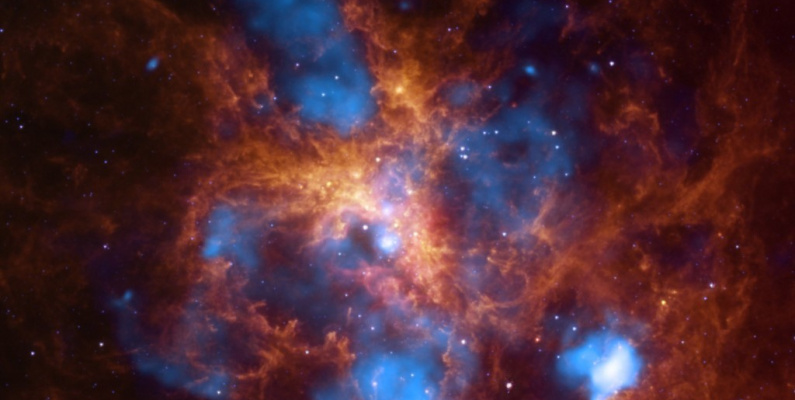
Welcome to the Sky Guide, your monthly guide to what's happening in the heavens!
Check out the printable version here: Sky-Guide-February.pdf
|
MOON MARAMA PHASES: |
SUN RĀ RISE / SUNSET |
|||
|
Phase
New Moon 1st Quarter Full Moon 3rd Quarter |
Date
Tuesday 5 Wednesday 13 Wednesday 20 Wednesday 27 |
Friday 1 Friday 15 Thursday 28 |
Rise
6.31am 6.52am 7.11am |
Set
9.10pm 8.51pm 8.28pm |
|
Planets Whetū Ao: |
|
|
|
Venus Meremere-tū-ahiahi Early February Mid February Late February |
Mars Matawhero Early February Mid February Late February |
Jupiter Hine-i-tīweka Early February Mid February Late February |
|
In Sagittarius |
In Pisces |
In Ophiuchus |
The five brightest planets in our solar system are Mercury, Venus, Mars, Jupiter and Saturn. These have been known since ancient times and can be seen with the naked eye. They are visible through much of the year, except for a short period when they are too close to the sun to observe.
FEBRUARY Hui-tanguru HIGHLIGHTS
Cancer
Cancer represents Karkinos, a giant crab sent to distract Heracles as he fought the great serpent Hydra. Heracles, however, proved too mighty and crushed the crab using only his foot. The goddess Hera, who had sent the crab, rewarded it for its service by placing it amongst the stars.
To the ancient Egyptians, Cancer was described as a Scarabaeus or scarab beetle. Scarabs were considered sacred, and symbolised immortality and the sun.
Cancer’s small constellation which contains no bright stars is easy to overlook. To find Cancer, first look for the Gemini constellation and its bright pair of stars called Castor and Pollux. Look to the south-east of these stars to view the crab.
Magellanic Clouds
The Small and Large Magellanic Clouds (SMC and LMC) are irregular dwarf galaxies named after Ferdinand Magellan, the first explorer to circumnavigate the Earth. Only visible in the southern hemisphere, the LMC is our third closest galaxy.
Australian Aboriginal storytellers equate the clouds with the campfires of an old man and his wife, known as the Jukara. Too old to find food for themselves, the stars feed them fish from the sky river, which we know as the Milky Way.
In South Africa, the LMC was said to be a puff of smoke from a pipe-smoking contest held on Cape Town’s Table Mountain.
To find the Magellanic Clouds, first locate Canopus, the brightest star in the sky when facing south. From Canopus look south to find the LMC and from there, look south-west to find the SMC
Tarantula Nebula
The Tarantula Nebula is a massive star-forming region in the LMC. Lying 160 000 light years away from Earth, we can only just see it with our naked eye. It’s so bright that even if it was one billion times farther away from Earth than the sun, it would still cast visible shadows on the ground!
Most pictures you’ll see of the Tarantula Nebula are taken in the infrared spectrum and artificially coloured to bring out the details. To find the Tarantula Nebula, find a brighter patch that looks like a star in the north-east portion of the LMC. Using binoculars or a telescope will provide the best viewing.
Inspired to learn more about stars, constellations and deep sky objects? Come along to a showing of The Sky Tonight at the Perpetual Guardian Planetarium. This live presentation explores how the sky over Otago will look on the night of your visit. It's on daily at 2.30pm.
Top image: Tarantula Nebula. NASA, Chandra, Spitzer. CC BY NC.

